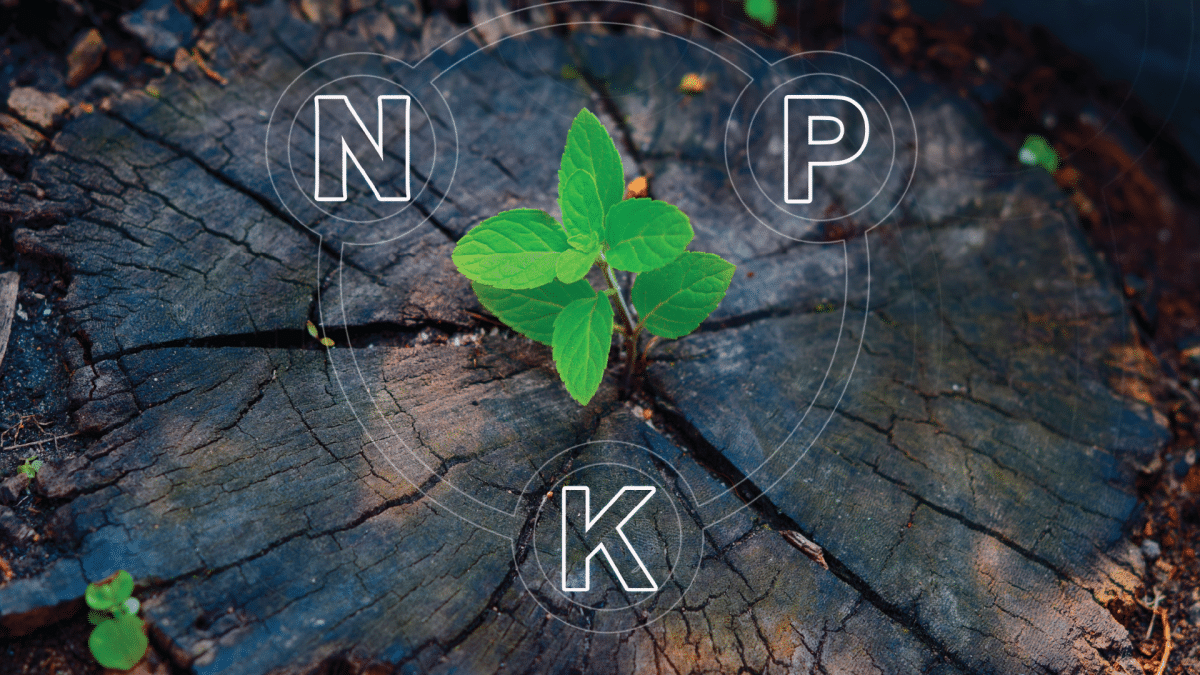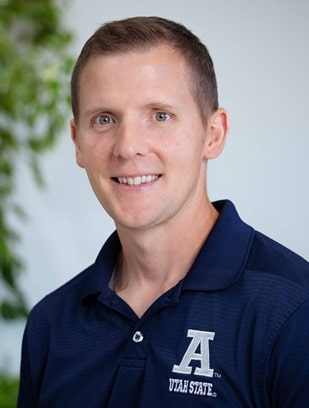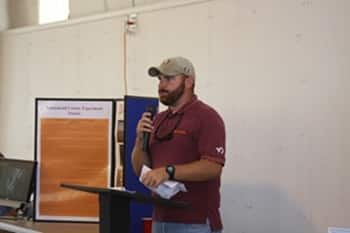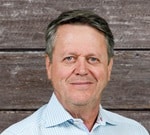The FERT Foundation is home to 12 research projects that focus on fluid fertilizer and 4R optimization. Members had the opportunity to meet and learn about these projects during last week’s Fertilizer Research Forum. Each week we have been featuring a different researcher in this publication, and this week, we’d like you to meet 4R Researcher Patrick Brown.
Researcher: Dr. Patrick Brown is the Professor of Plant Nutrition at the University of California, Davis – USA. He received his B.Sc. in 1984 from Adelaide University, Australia and Ph.D. from Cornell University, USA in 1988. Dr. Brown has authored more than 250 scientific journal articles and numerous books and is among the highest cited experts in plant nutrition, biostimulants, boron, foliar fertilizers and horticulture. Dr. Brown is recognized globally as a leader in both basic and applied plant nutrition and has served as a member of numerous scientific and technical committees for governmental agencies including US-EPA, USDA, Californian Dept. Food and Ag and the International Standards Organization. Dr. Brown is a member of the IFA’s Science Panel for the Responsible Use of Fertilizers. Dr. Brown has received many awards national and international for excellence in research and extension.
Project Name: Optimizing Potassium Management in Almond
University: UC Davis
Years Funded: 2021-2023
4R Questions Addressed: Rate, Source, and Place
Dr. Brown’s fluid project is designed to:
- Determine the extent and causes of in-field K variability
- Develop cost-effective methods to identify areas of differential K demand
- Development of optimized K- fertilization sources and strategies, including site-specific fertilization strategies suited to the modern fertigated orchard context



